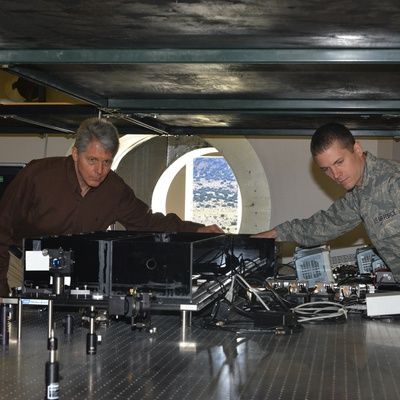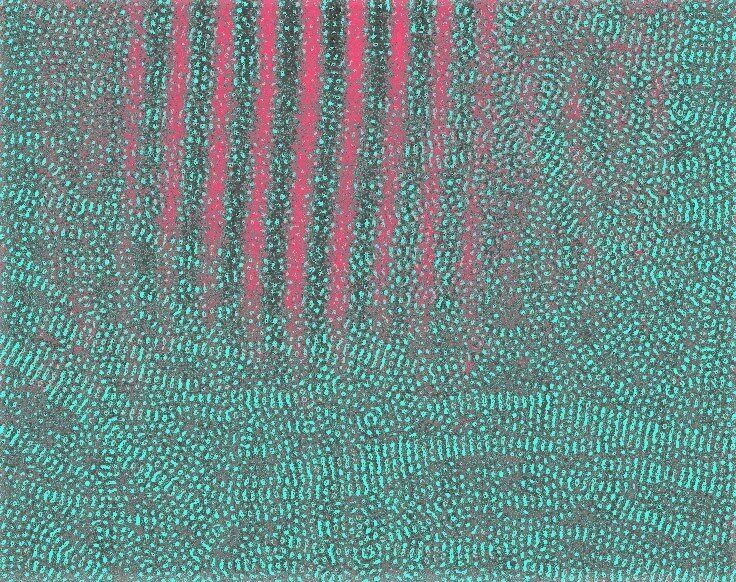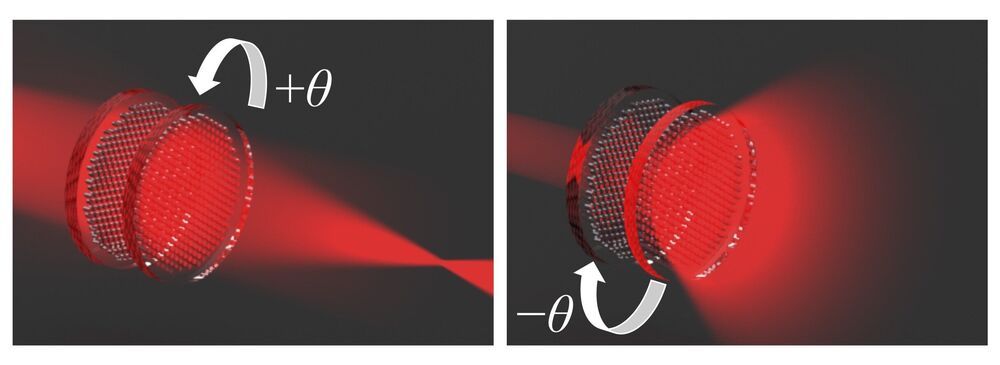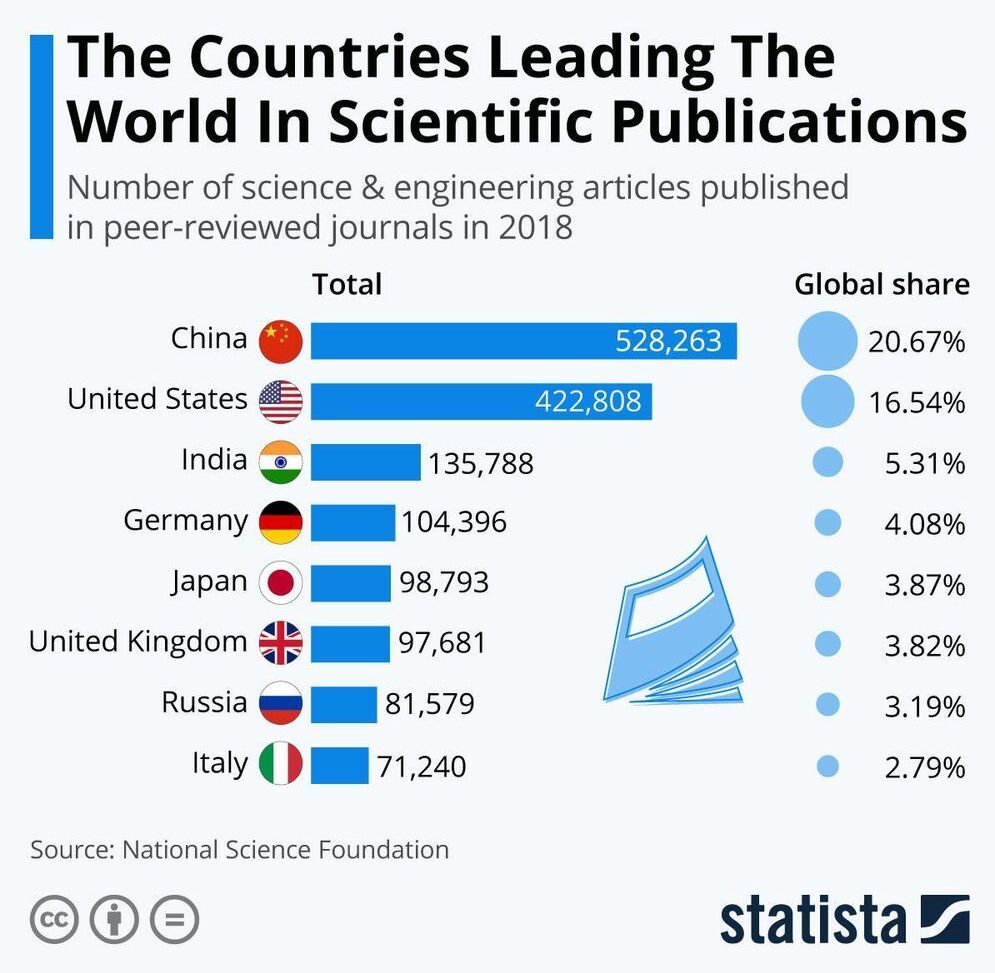Archive for the ‘engineering’ category: Page 127
Jan 11, 2021
DARPA Selects Teams to Capture Potable Water from Air
Posted by Saúl Morales Rodriguéz in categories: climatology, engineering, finance, government, military
Atmospheric Water Extraction (AWE) performers aim to meet clean water needs of deployed troops, even in austere environments.
Like.
Comment.
Continue reading “DARPA Selects Teams to Capture Potable Water from Air” »
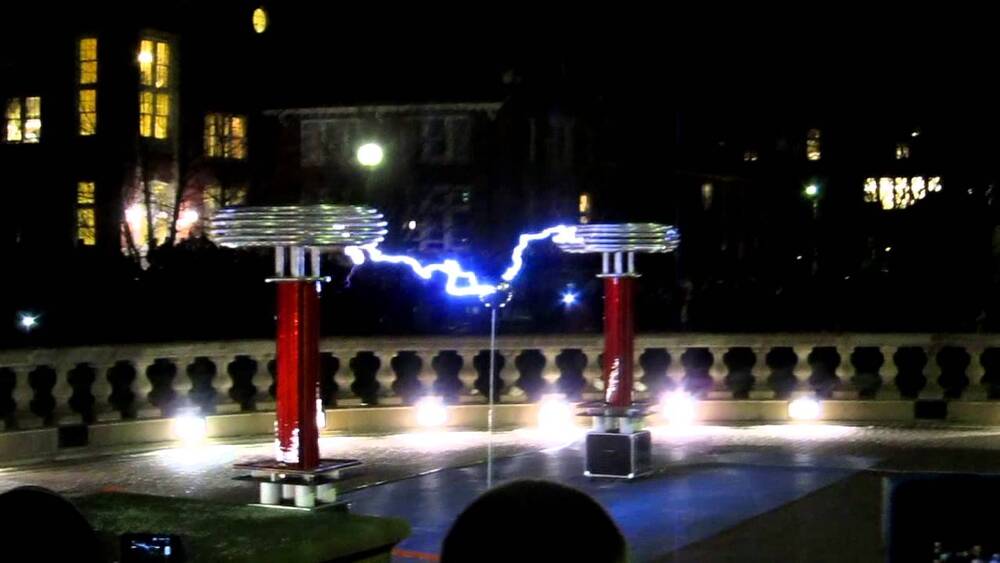
Tesla coil music concert at the University of Illinois.
Engineering Open House, 2013
Subscribe and.
Follow me on Instagram: https://instagram.com/marat_amanzholov
Jan 10, 2021
Engineered SAM Synthetases for Enzymatic Generation of AdoMet Analogs with Photocaging Groups and Reversible DNA Modification in Cascade Reactions
Posted by Saúl Morales Rodriguéz in categories: biotech/medical, engineering
Methylation and demethylation of DNA, RNA and proteins has emerged as a major regulatory mechanism. Studying the function of these modifications would benefit from tools for their site‐specific inhibition and timed removal. S ‐Adenosyl‐L‐methionine (AdoMet) analogs in combination with methyltransferases (MTases) have proven useful to map or block and release MTase target sites, however their enzymatic generation has been limited to aliphatic groups at the sulfur atom. We engineered a SAM synthetase from Cryptosporidium hominis (PC‐ChMAT) for efficient generation of AdoMet analogs with photocaging groups that are not accepted by any WT MAT reported to date. The crystal structure of PC‐ChMAT at 1.87 Å revealed how the photocaged AdoMet analog is accommodated and guided engineering of a thermostable MAT from Methanocaldococcus jannaschii. PC‐MATs were compatible with DNA‐ and RNA‐MTases, enabling sequence‐specific modification (“writing”) of plasmid DNA and light‐triggered removal (“erasing”).
Jan 9, 2021
Inside the Air Force Research Laboratory’s Quantum Lab
Posted by Dan Kummer in categories: engineering, quantum physics
Basic science, practical engineering — and an attempt to focus on the most productive lines of effort.
Jan 9, 2021
Engineers find antioxidants improve nanoscale visualization of polymers
Posted by Saúl Morales Rodriguéz in categories: chemistry, computing, engineering, nanotechnology, solar power, sustainability
Reactive molecules, such as free radicals, can be produced in the body after exposure to certain environments or substances and go on to cause cell damage. Antioxidants can minimize this damage by interacting with the radicals before they affect cells.
Led by Enrique Gomez, professor of chemical engineering and materials science and engineering, Penn State researchers have applied this concept to prevent imaging damage to conducting polymers that comprise soft electronic devices, such as organic solar cells, organic transistors, bioelectronic devices and flexible electronics. The researchers published their findings in Nature Communications today (Jan. 8).
According to Gomez, visualizing the structures of conducting polymers is crucial to further develop these materials and enable commercialization of soft electronic devices—but the actual imaging can cause damage that limits what researchers can see and understand.
Jan 8, 2021
Movers and shakers: New evidence for a unifying theory of granular materials
Posted by Saúl Morales Rodriguéz in categories: engineering, physics
Understanding the dynamics of granular materials—such as sand flowing through an hourglass or salt pouring through a shaker—is a major unsolved problem in physics. A new paper describes a pattern for how record-sized “shaking” events affect the dynamics of a granular material as it moves from an excited to a relaxed state, adding to the evidence that a unifying theory underlies this behavior.
The Proceedings of the National Academy of Sciences (PNAS) published the work by Stefan Boettcher, an Emory theoretical physicist, and Paula Gago, an expert in modeling the statistical mechanics of granular matter in the Department of Earth Science and Engineering at the Imperial College of London.
“Our work marks another small step forward to describing the behavior of granular materials in a uniform way,” says Boettcher, professor and chair of Emory’s Department of Physics.
Jan 6, 2021
New Invention Leads to Cheap Efficient Water Desalination
Posted by Brent Ellman in categories: energy, engineering, nanotechnology, sustainability
“Reverse osmosis membranes are widely used for cleaning water, but there’s still a lot we don’t know about them,” said in a statement Manish Kumar, an associate professor in the Department of Civil, Architectural and Environmental Engineering at UT Austin, who co-led the research. “We couldn’t really say how water moves through them, so all the improvements over the past 40 years have essentially been done in the dark.”
The researchers discovered that the problem with desalination membranes was that they were inconsistent in density and mass distribution. By giving the membranes a uniform density at the nanoscale, they were able to improve their performance.
The researchers’ new membranes are 30% to 40% more efficient, requiring less energy to clean more water. Although more efficient than non-membrane desalination processes, reverse osmosis membranes still use plenty of energy, a problematic aspect the researchers are working on.
Jan 6, 2021
Convex to concave: More metasurface moiré results in wide-range lens
Posted by Saúl Morales Rodriguéz in categories: computing, drones, engineering, mobile phones, particle physics, virtual reality
The odd, wavy pattern that results from viewing certain phone or computer screens through polarized glasses has led researchers to take a step toward thinner, lighter-weight lenses. Called moiré, the pattern is made by laying one material with opaque and translucent parts at an angle over another material of similar contrast.
A team of researchers from Tokyo University of Agriculture and Technology, TUAT, in Japan have demonstrated that moiré metalenses—tiny, patterned lenses composed of artificial ‘meta’ atoms—can tune focal length along a wider range than previously seen. They published their results on November 23 in Optics Express.
“Metalenses have attracted a lot of interest because they are so thin and lightweight, and could be used in ultra-compact imaging systems, like future smart phones, virtual reality goggles, drones or microbots,” said paper author Kentaro Iwami, associate professor in the TUAT Department of Mechanical Systems Engineering.
Jan 1, 2021
The countries leading the world in scientific research
Posted by Kelvin Dafiaghor in category: engineering
China keeps leading the US on investments in tech.
The U.S. National Science Foundation (NSF) has released data showing that 2555, 959 science and engineering (S&E) articles were published around the world in 2018, a considerable increase on the 1755, 850 recorded a decade ago. Global research output in that sector has grown around 4 percent annually over the past ten years and China’s growth rate is notable as being twice the world average. While the U.S. led the way in 2008, it has now been displaced as the world’s top S&E research publisher by China.
The views expressed in this article are those of the author alone and not the World Economic Forum.
Continue reading “The countries leading the world in scientific research” »



